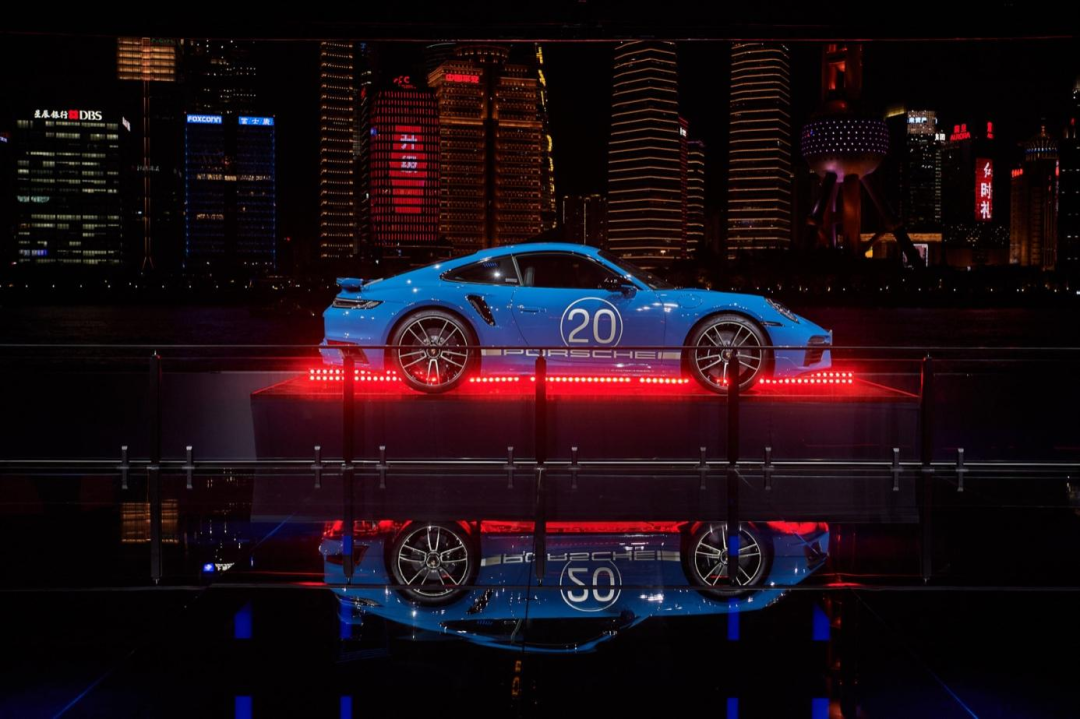Author: Jiaxing Li
What is it like for Chinese people in the early 21st century to see a Porsche on the street? It feels like Liu Laolao’s entrance into the Grand View Garden, amazed and discussing why such a small car dares to call for such a sky-high price. The first 911 owner in China recalls his experience of “eating crabs” during an interview, and his excitement at the time was all overflowing on the camera.
On April 17th, Porsche kicked off its 20th anniversary celebration in China under the theme of “Stay True to the Faith, Never Forget the 20s” on the Bund in Shanghai, featuring the 20th anniversary edition of the 911 Turbo S and the 718 Spyder.
Since entering China twenty years ago, Porsche has witnessed the rapid development of China’s automobile industry and market. For Porsche, the past twenty years are different from the past in that their pure car-making concept has been recognized by the world’s largest car market.
As an old car enterprise, Porsche is deeply involved in a tug-of-war between inheritance and innovation. No one else is sticking with the rear-engine sports car except for Porsche, and they have made astonishing race weapons in this layout form with congenital defects.
Sometimes I wonder if inheritance will become an obstacle to Porsche’s innovation in the future. But after driving the 992, I dispelled this concern because Porsche understands better than any other car company in the world how to extract the essence and leave the dross behind. What I am about to tell you proves this point.
Entering the Luxury Market, Hitting the “Bull’s Eye”
With the rapid development of the domestic economy, Porsche has become a well-known luxury brand. Therefore, Chinese people started to regard cars as their business cards, and the upgrading of consumption is the best time for Porsche to explore the market and expand its product lineup, after all, only a minority group would spend millions on sports cars.
Therefore, in 2006 and 2010, Porsche brought Cayenne and Panamera into the Chinese market respectively. In the market environment at that time, the prices of these two products were comparable to the flagship SUVs and sedans of BBA, but in the hearts of consumers, Porsche was more high-end, and its product strength was markedly higher than that of its competitors. However, there were countless ordinary consumers behind the luxury car consumers.
So, in order to let more people experience the essence of Porsche and realize the “Porsche dream,” Porsche explored its product positioning and enlarged its audience. The 718 and Macan, as popular models of the brand, naturally became the objects of favor, and Porsche should have received a satisfactory bill.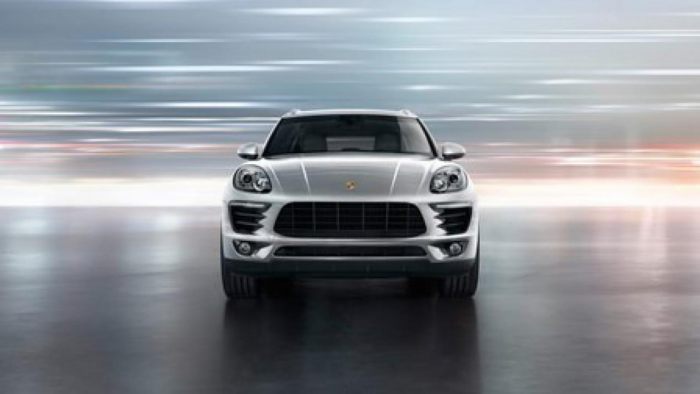
The severe impact of the COVID-19 pandemic in 2020 has affected the global automotive industry and market development. Despite this, Porsche achieved an unprecedented annual revenue of 28.7 billion euros. In the Chinese market, the new car delivery volume reached 88,968 units, accounting for 33% of Porsche’s global sales, and China has become Porsche’s largest single market for the sixth consecutive year.
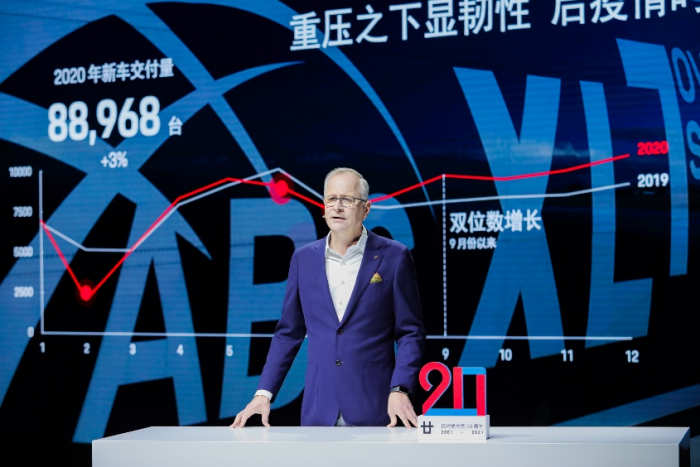
This reminds me of domestic new energy vehicle makers. In today’s domestic automobile market, popular new energy vehicle models have gained increasing attention in the Chinese market. While the government provides subsidies and support to new energy companies, more and more consumers begin to recognize domestic new energy vehicle models in the era of electrification.
However, according to financial reports, profitable new energy vehicle manufacturers are few and far between, and major “new car manufacturing forces” are pooling financing, investing heavily, but constantly losing, with some even “selling more, losing more.” Such unique advantages cannot stop them from wanting to “defeat” Tesla and other ambitious competitors.
In the capital market, new energy vehicles are widely sought after. Rising stock prices have delighted investors and shareholders. This situation inevitably prompts us to wonder, “Are they really here to manufacture cars?”
Returning to Porsche, against the backdrop of the trend towards electrification, traditional luxury brands are in turmoil. Porsche’s investment in new energy products and industrial layout is supported by good revenue in recent years. Not only have investment in electrification platforms and technology laid the foundation for business transformation, but also risk investments in emerging technologies such as VR, AR, blockchain, and AI. The purpose of such high-cost investments is to fully integrate technology and intelligence into products in the future era.
Physical Electrification, Mental Consistency
When Porsche first entered China, the German boss told the first batch of employees, “Never fall in love with cars,” because the product attracted so much attention that employees were unwilling to deliver it to customers. Until self-driving technology is fully deployed, cars still need “sexy” driving experiences to enrich the product experience. Porsche’s fans crave glamorous products, not emotionless “smart boxes.”
In Porsche’s view, electric vehicles should mean faster response, stronger power output, and better NVH performance, that’s why they created the Taycan.
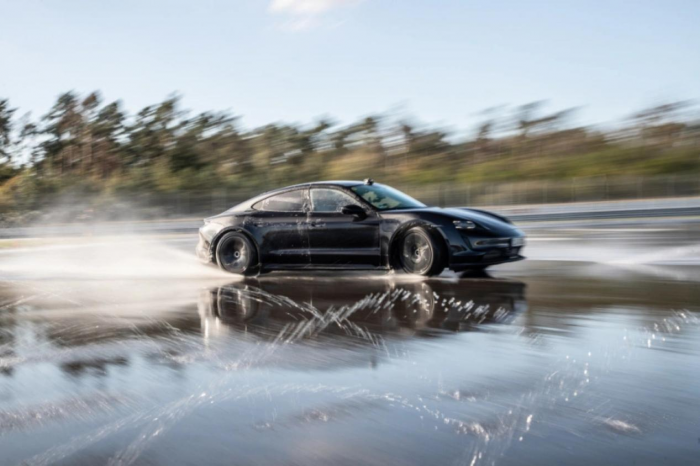 In the first quarter of this year, the delivery volume of Taycan achieved a significant breakthrough, with an efficiency of more than 9,000 units, which is almost the same as that of 911.
In the first quarter of this year, the delivery volume of Taycan achieved a significant breakthrough, with an efficiency of more than 9,000 units, which is almost the same as that of 911.
Interestingly, about 50% of Taycan’s consumers are new customers of Porsche, which is reminiscent of the scene when Porsche launched its SUV model. While other similarly positioned manufacturers were still confused, Porsche had already captured the market. Taycan has opened a good start for Porsche in the vacant high-end electric vehicle market.
Born to Drive, Forever
In the mid to late 20th century, the world automotive industry was booming, and automakers from all over the world competed with each other to produce the ultimate speed machines. Whether it was JDM’s rise or American muscle’s displacement is justice, or the European 12-cylinder swan song and the Porsche air-cooled flat engine. These machines made for speed and driving were intended to achieve “faster, more violent, and more fun.”
In that era of competition, automakers brought their own self-developed pure racing cars to the world’s top races. At that time, car companies not only regarded vehicles as commodities and transportation tools, but also aimed to create the most extreme “toys” for drivers.
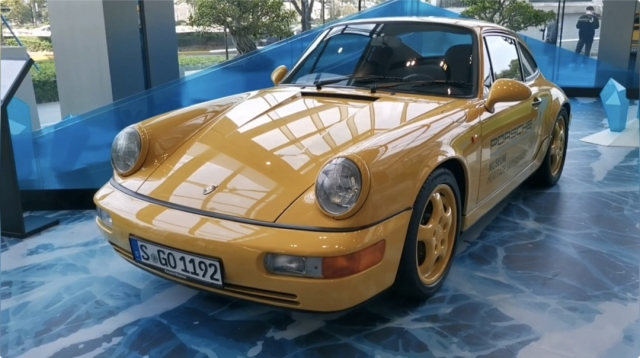
Back to today, those crazy auto companies have given up their original purity and replaced it with pursuing commercial development. They conduct research and development and manufacturing to meet policies and markets, striving to achieve “full of the bowl” as their goal. Auto companies that still focus on drivers and car enthusiasts are rare after decades of compromise and castration. Porsche still values the driver’s senses as the design intention in this vast market wave, which is truly commendable.
Sports cars are industrial products derived from racing and close to life. Since its inception, Porsche has been rooted in the racetrack. Even now, Porsche still provides high-standard racing services and spreads racing culture with heart.
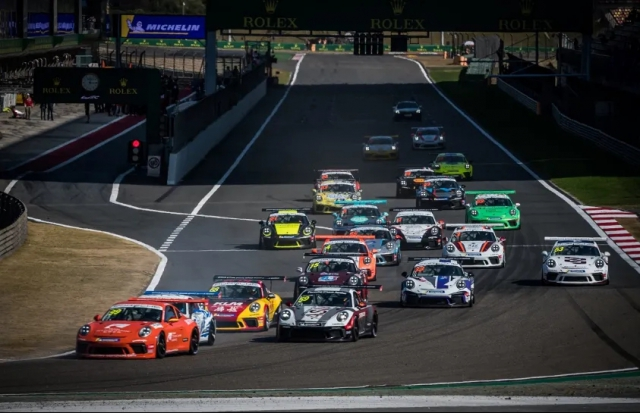
After the Shanghai Auto Show, Porsche “seamlessly connected” and started the Porsche Carrera Cup Asia (PCCA) and the Porsche Sports Cup China. With the high-standard competition and the all-new 992 GT3 CUP and Wu Yifan’s endorsement, the passionate competition became Porsche’s special event.
The 992 GT3 CUP, equipped with Porsche’s latest and strongest technology, is currently only available for single-cup races in five regions. This shows the importance of the Asian market and Asian competitions to Porsche.
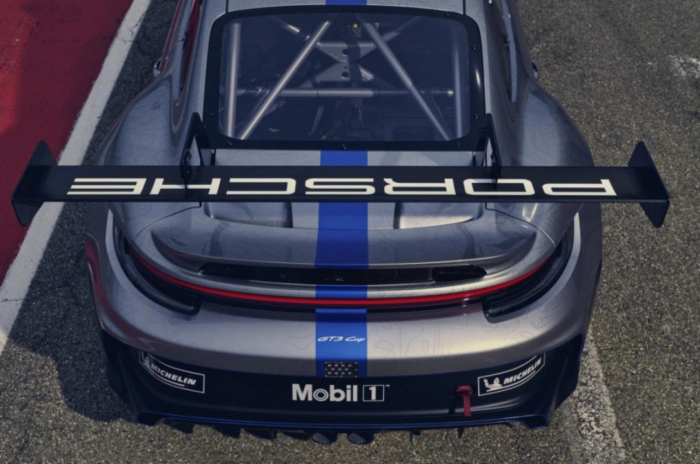
Looking beyond the current situation, the massive Chinese car consumption market accounted for 33% of Porsche’s global sales in 2020. However, pandering solely for profit is not Porsche’s style.
As early as 2002, when China’s economy was just beginning to take shape, as a relatively unknown brand, Porsche introduced its products to the Chinese market through a large-scale event, the “Global Roadshow,” which featured test drives and rides aimed at promoting domestic racing and sports car culture.
Adhering to this original intention, Porsche’s Asia-Pacific Racing Department has been supporting domestic drivers and events in various ways for the past twenty years.
While the Porsche Carrera Cup Asia (PCCA) is an important cup race that attracts boss drivers to increase its influence, merely “feeding oneself” is not meaningful for Porsche. The PCCA opens up an amateur group, providing a platform for more unknown drivers to “show their talents.”
In the high-end series of commercially available sports cars, Porsche also pours racing technology down its design to every model. Pursuing speed whether on the road or racing track is the driver’s “happy planet.”
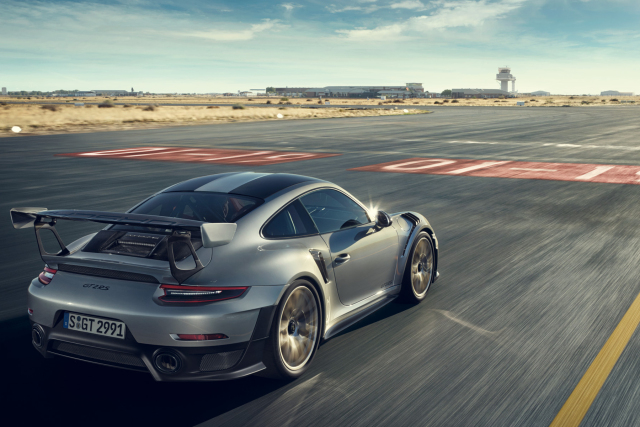
Investing in the future, energy first
In today’s era, many world-class car manufacturers seem to be seeking a balance between benefits and environmental protection. BMW and Volvo are already committed to the field of environmental protection. In Porsche’s future development, the biggest focus is also on investing in sustainable development.
What has Porsche, which regards sustainable development and carbon neutrality as its future development goals, done? The Taycan Cross Turismo is the best answer. The new product from Zuffenhausen has successfully achieved carbon neutrality.
Whether it is using renewable energy and biogas in factories or making recyclable fiber mats from waste fishing nets, Porsche’s achievements in achieving carbon neutrality are still far from satisfying Porsche’s “ambitious goals.” In the next decade, Porsche will make large-scale investments in wind power, solar energy, and other climate protection initiatives. Minimizing emissions is Porsche’s “ultimate goal.”
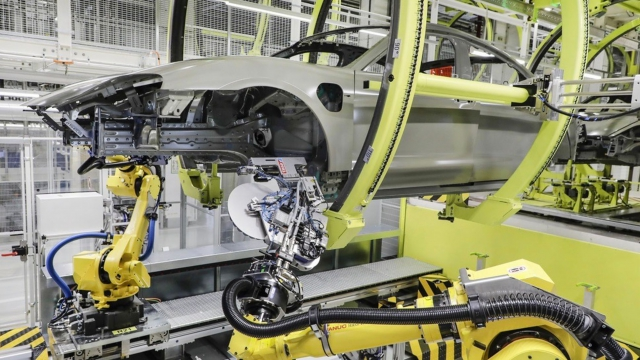
Porsche has made it clear that the premise of product emissions reduction to achieve carbon neutrality is that the product will not affect the customer’s degree of favor, such as the 911, which will not become a pure electric drive product but will instead approach carbon neutrality with alternative fuels. However, for Porsche, in the absence of clear future development, investing and developing the technology to overcome the barrier of “alternative fuels approaching carbon neutrality” will not be easy.### Conclusion
For Porsche, the pressure they face in the new era of transformation is not as great as we imagined. As a passionate Porsche fan, we would like to see other car companies accelerating their transformation while Porsche still keeps a pure land for driving pleasure for its fans.
Of course, Porsche cannot just do that. In addition to the hope of fans, they also shoulder social responsibility. How to achieve innovation and industrial transformation while adhering to the foundation will be Porsche’s main work in the next twenty years.
This article is a translation by ChatGPT of a Chinese report from 42HOW. If you have any questions about it, please email bd@42how.com.
